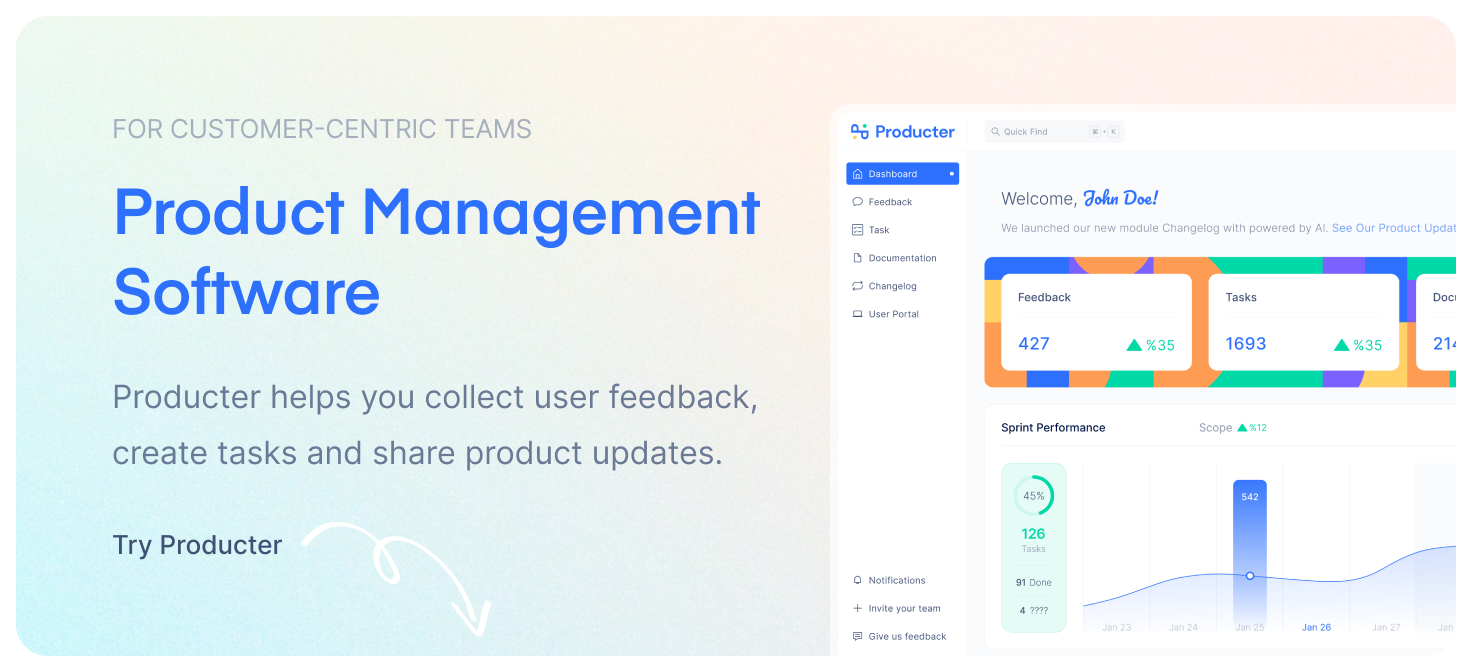Product positioning is the strategic placement of a product in the marketplace. It is the process of creating an identity for a product in the minds of consumers, so that they can understand and appreciate its purpose and value. In order to be successful, product positioning must be based on a deep understanding of customer needs and preferences.
Why is Product Positioning so important?
Product positioning is important because it helps businesses to understand their target market and to create marketing messages that resonate with these customers. By clearly defining the target market and understanding what motivates them, businesses can create messaging that will speak directly to these individuals. Additionally, product positioning can help businesses to differentiate their products from those of their competitors. This is especially important in markets where there is a lot of competition. By clearly communicating the unique benefits of their product, businesses can ensure that potential customers are aware of the reasons to choose their product over others.

What is meant by a Product Positioning statement?
A product positioning statement is a short, clear statement that describes what your product does, who it's for, and why it's worth buying. It helps you communicate your product's unique value to potential customers, and persuade them to choose your product over other options
Your product positioning statement should be based on a deep understanding of your target market, as well as a clear understanding of your product's strengths and weaknesses. The best product positioning statements are concise, memorable, and persuasive
Here's an example of a product positioning statement using this template
"For (target market), our (product name) is the best/ only (describe what your product does that's unique and useful to your target market) because (reason 1), (reason 2), and (reason 3)."
Different Types of Product Positioning
There are several different types of product positioning that businesses can use to position their products in the marketplace.

Price-based Positioning:
This type of positioning is based on the price of the product. Products that are positioned using this method are typically positioned as being either high-end or low-end products
Performance-based Positioning:
This type of positioning is based on the performance of the product. Products that are positioned using this method are typically positioned as being either high-performance or low-performance products
Quality-based Positioning:
This type of positioning is based on the quality of the product. Products that are positioned using this method are typically positioned as being either high-quality or low-quality products
User-based Positioning
This type of positioning is based on the type of user that the product is intended for. Products that are positioned using this method are typically positioned as being either products for experts or products for beginners
Competitor-based Positioning:
This type of positioning is based on the competition. Products that are positioned using this method are typically positioned as being either better than the competition or worse than the competition.
When it comes to product positioning, businesses have several different options that they can choose from. The type of positioning that a business chooses will depend on several factors, including the type of product that they are selling, the target market that they are selling to, and the competition that they are up against. Ultimately, the goal of product positioning is to make the product stand out in the marketplace and to attract the attention of potential customers.
How can you approach product positioning?
There are a few key ways to approach product positioning.
Product and Target Market:
First, you'll want to understand what your product does and who your target audience is. Once you have a good understanding of those two things, you can begin to craft a position for your product in the marketplace.
Product Perception:
One way to think about product positioning is to consider how you want your product to be perceived by potential customers. What are the unique selling points of your product? What is it that makes your product stand out from similar products on the market? Once you have a good handle on what makes your product special, you can begin to position it in a way that will resonate with your target audience.
Competition:
Another key element of product positioning is understanding your competition. What are other companies in your space doing to position their products? How can you differentiate your product from theirs? By taking the time to understand both your product and your competition, you can develop a position for your product that will help it stand out in the marketplace.
Product positioning is an important part of any marketing strategy. By taking the time to understand both your product and your competition, you can develop a position for your product that will help it stand out in the marketplace .
Which factors influence the perception of your product?
There are many factors that affect the perception of a product. The following are some of the most important:
Marketing:
How a product is marketed can have a big impact on how it is perceived. If a product is heavily marketed as being luxurious, for example, people will tend to perceive it as such.
Price:
The price of a product can also affect its perception. Generally speaking, the higher the price of a product, the more luxurious and high-end it will be perceived to be.
Quality:
The quality of a product is also a significant factor in its perception. A high-quality product will usually be seen as being more luxurious and higher-end than a lower-quality product.
Design:
The design of a product can also play a role in its perception. A product that is well-designed and looks high-end is more likely to be seen as such by consumers.
These are just some of the factors that can affect the perception of a product. By carefully considering all of these factors, companies can ensure that their products are perceived in the way they desire.
Product Positioning: Best Practices
When it comes to product positioning, there are a few best practices that you can follow to ensure success.
Focus on your Unique Selling Point (USP):
What is it that makes your product unique and different from the competition? This is what you need to focus on in your messaging
Understand your target audience:
Who are you trying to reach with your product? What needs or pain points do they have that your product can address?
Keep it simple:
When it comes to positioning, less is more. You want to be able to communicate your message clearly and concisely
Test and measure:
Once you have implemented your positioning strategy, it’s important to track the results to see how effective it is. This will help you make necessary adjustments along the way
Following these best practices will help you to successfully position your product in the market and achieve the desired results.
Producter is a product management tool designed to become customer-driven.
It helps you collect feedback, manage tasks, sharing product updates, creating product docs, and tracking roadmap.






